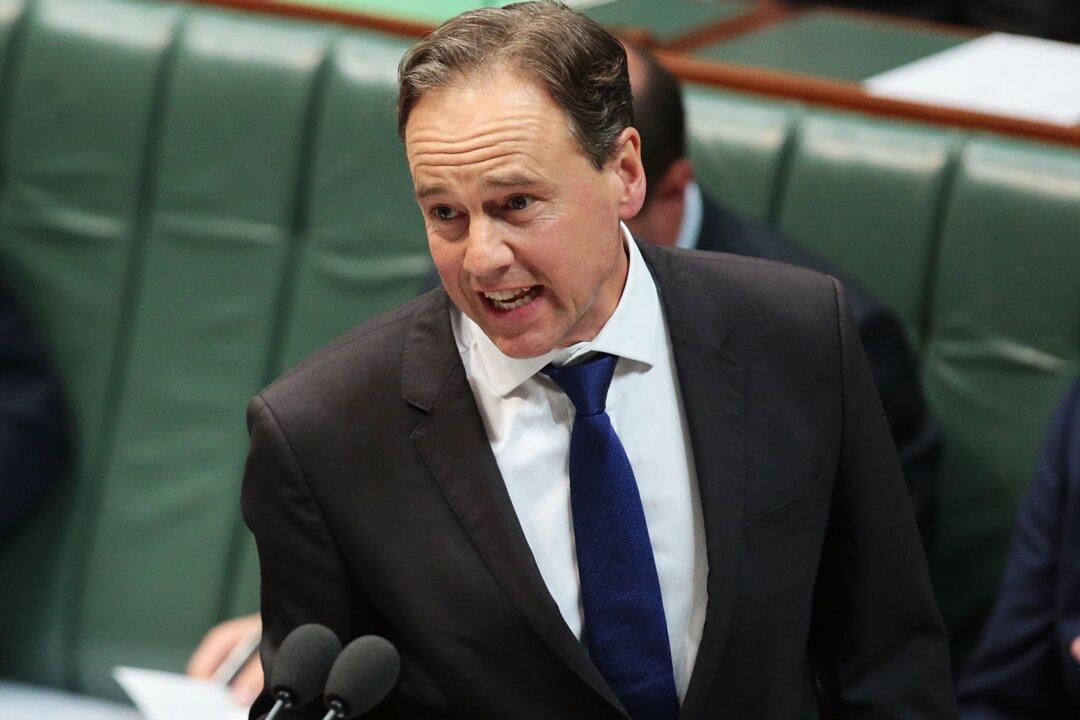Cancer, Parkinson’s and motor neurone patients could get major savings after three new drugs were listed on the Pharmaceutical Benefits Scheme.
The federal government will spend $19 million (US$13.5 million) to list the medicines on the PBS, with patients able to access them for $40.30 per script or $6.50 with a concession card from April.





